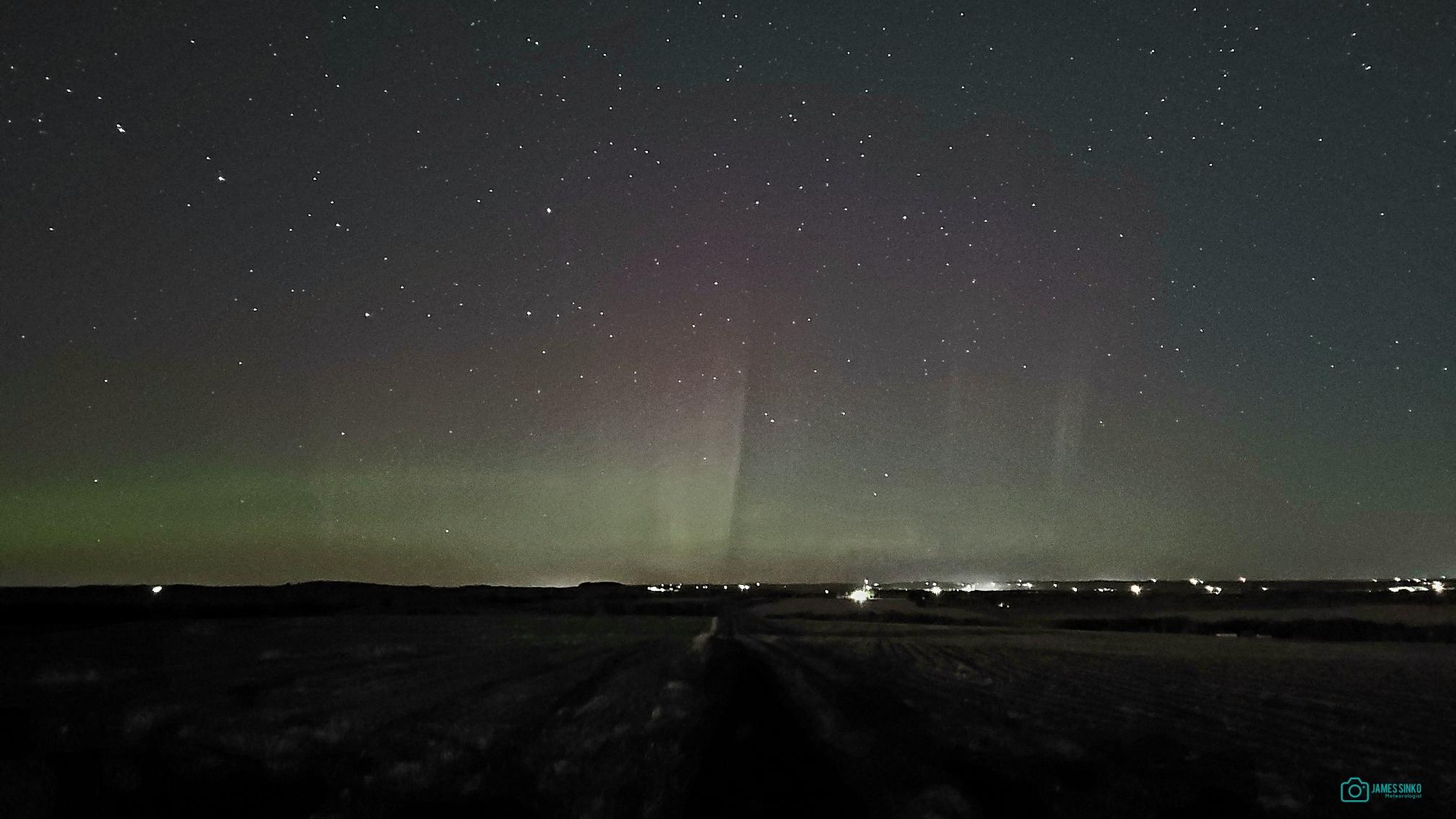As many prepare to gather around the table for annual Thanksgiving feasts and celebrations, some might wonder when the tradition started and when it became a national holiday.
Why do you eat turkey for the holiday, when was the first turkey pardoned by a president and why is the holiday so late this year?
Here's what to know:
When was the first Thanksgiving?
According to the Smithsonian, the Thanksgiving holiday is long believed to be rooted in the Pilgrim's Thanksgiving Feast of 1621, but that was not actually the first such feast to be held in North America.
In fact, "the first Thanksgiving service known to be held by Europeans in North America occurred on May 27, 1578."
And long before that, the Smithsonian reports "native peoples sought to insure a good harvest with dances and rituals such as the Green Corn Dance of the Cherokees."
Local
Still, when it comes to the U.S. holiday, many relate it back to November 1621.
That's when "the newly arrived Pilgrims and the Wampanoag Indians gathered at Plymouth for an autumn harvest feast, an event regarded as America’s 'first Thanksgiving,'" the History Channel reports.
Feeling out of the loop? We'll catch you up on the Chicago news you need to know. Sign up for the weekly Chicago Catch-Up newsletter.
Still, that feast wasn't called "Thanksgiving."
“For the Pilgrims, the first day that they designated as a ‘thanksgiving’ was in July of 1623, when they called the thanksgiving in thanks for a rainfall that had saved their harvest," Melanie Kirkpatrick, senior fellow at the Hudson Institute and author of the book “Thanksgiving: The Holiday at the Heart of the American Experience," told the TODAY show.
What was in the 'First Thanksgiving' meal?
While modern feasts often feature a turkey and a number of dishes like mashed potatoes, beans and cranberries, what was in the "first" Thanksgiving meal between Pilgrims and members of the Wampanoag tribe?
According to the writings of William Bradford, a Pilgrim political leader, there was in fact turkey served at the feast, likely alongside other "fowl," but the true heart of the meal actually came from gifts brought by the Wampanoag members in attendance.
“It's really important to acknowledge the contributions, the generosity, of the Wampanoag who were present. As one of the writings says, they brought with them five deer and that would have been enough to feed everybody for a few days,” Kirkpatrick told TODAY.
Other foods likely included in the feast were fruits and vegetables native to the region. That would include things like onions, beans, lettuce, spinach, cabbage, carrots and possibly even peas. Corn was likely also served, but not in the way many expect it now.
"In those days, the corn would have been removed from the cob and turned into cornmeal, which was then boiled and pounded into a thick corn mush or porridge that was occasionally sweetened with molasses," according to the History Channel.
Fruit options may have included blueberries, plums, grapes, gooseberries, raspberries, and yes, cranberries, which were used in a variety of ways by Native Americans.
Other foods likely included seafood like lobster and other shellfish, which were plentiful in the region, according to the writings of politician Edward Winslow at the time.
When did Thanksgiving become a national holiday?
According to the Center for Legislative Archives, President George Washington named the final Thursday of 1789 as a “Day of Publick Thanksgivin,” with subsequent presidents issuing similar proclamations on different days of the year.
Then, President Abraham Lincoln first declared Thanksgiving a holiday on Oct. 3, 1863, proclaiming Nov. 26 as national Thanksgiving Day. In his proclamation, Lincoln specified the holiday would be observed every year on the fourth Thursday of November.
The day of observation has changed in the past, when Franklin D. Roosevelt ordered Thanksgiving be celebrated on the third Thursday in 1939 and 1940 in an attempt to "give depression-era merchants more selling days before Christmas," the Smithsonian reported. But that change was not widely supported.
Finally in Oct. 1941, Congress passed a resolution declaring the holiday would take place on the fourth Thursday of November, to avoid having it fall on the final day of the month, thereby expanding the holiday shopping season and giving retailers additional time to take advantage of Christmas-driven sales.
Roosevelt then signed the bill, establishing Thanksgiving as a federal holiday.
Why does it seem like Thanksgiving is so late this year?
This year, Thanksgiving is taking place on Nov. 28, less than one month before Christmas.
Since Thanksgiving always takes place on the fourth Thursday of November, it follows roughly a 28-year cycle, which is only interrupted by century years and leap years.
Therefore, Thanksgiving will fall on Nov. 28 roughly every five-to-six years. The next time this will occur is in 2030, but then won’t occur again until 2041.
The earliest date Thanksgiving can occur is on Nov. 22. This last took place in 2018, and will not occur again until 2029.
Why do presidents pardon turkeys?
The presidential turkey pardon began back in the 1800s.
The tradition dates back to the Civil War, when Lincoln's son, Tad, asked him to spare a turkey named "Jack," from their holiday meal and he obliged. Years later, President Harry Truman restarted the streak and since then, every president has pardoned at least one bird from the Thanksgiving dinner table.
In the following years, presidents would informally pardon turkeys gifted to them occasionally. President John F. Kennedy, for example, pardoned one of the birds he was gifted in 1963. Similarly, in 1973, President Richard Nixon's wife, First Lady Patricia Nixon, pardoned one and sent it to live on a farm.
Nevertheless, it was not until President Ronald Reagan's presidency that turkey pardoning became a regular practice.
How many turkeys are pardoned by the president?
The president pardons one or two turkeys each year.



